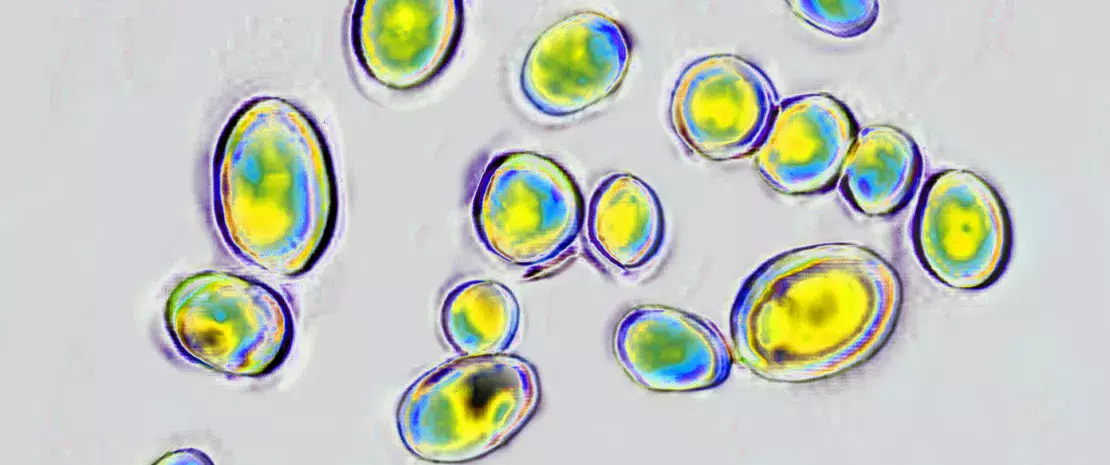The French Gut is part of a vast international project, the "Million Microbiome of Humans Project" (MMHP), which brings together several research institutes around the world. The MMHP's ambition is to create the world's largest database on human microbiota, by collecting one million microbial samples from the intestines, mouth, skin and reproductive tract of volunteer subjects. The French Gut, led by INRAE in partnership with public and private players involved in the microbiota field, will make a significant contribution to the development of this international database by collecting 100,000 French intestinal metagenomes.
The French Gut can count on the strong support of the Biocodex Microbiota Institute. The objectives of this project are to recruit 100,000 participants, and to raise awareness among the general public, including healthcare professionals, of the fascinating powers of the intestinal microbiota, particularly its role in the onset of a number of pathologies.
A shared objective: to highlight the importance of the effects of the intestinal microbiota on our health
The Biocodex Microbiota Institute shares the same ambition as Le French Gut: to raise awareness among the general public and train healthcare professionals in the major importance of the microbiota, particularly the impact of dysbiosis on our health. Since 2017, the Biocodex Microbiota Institute:






































